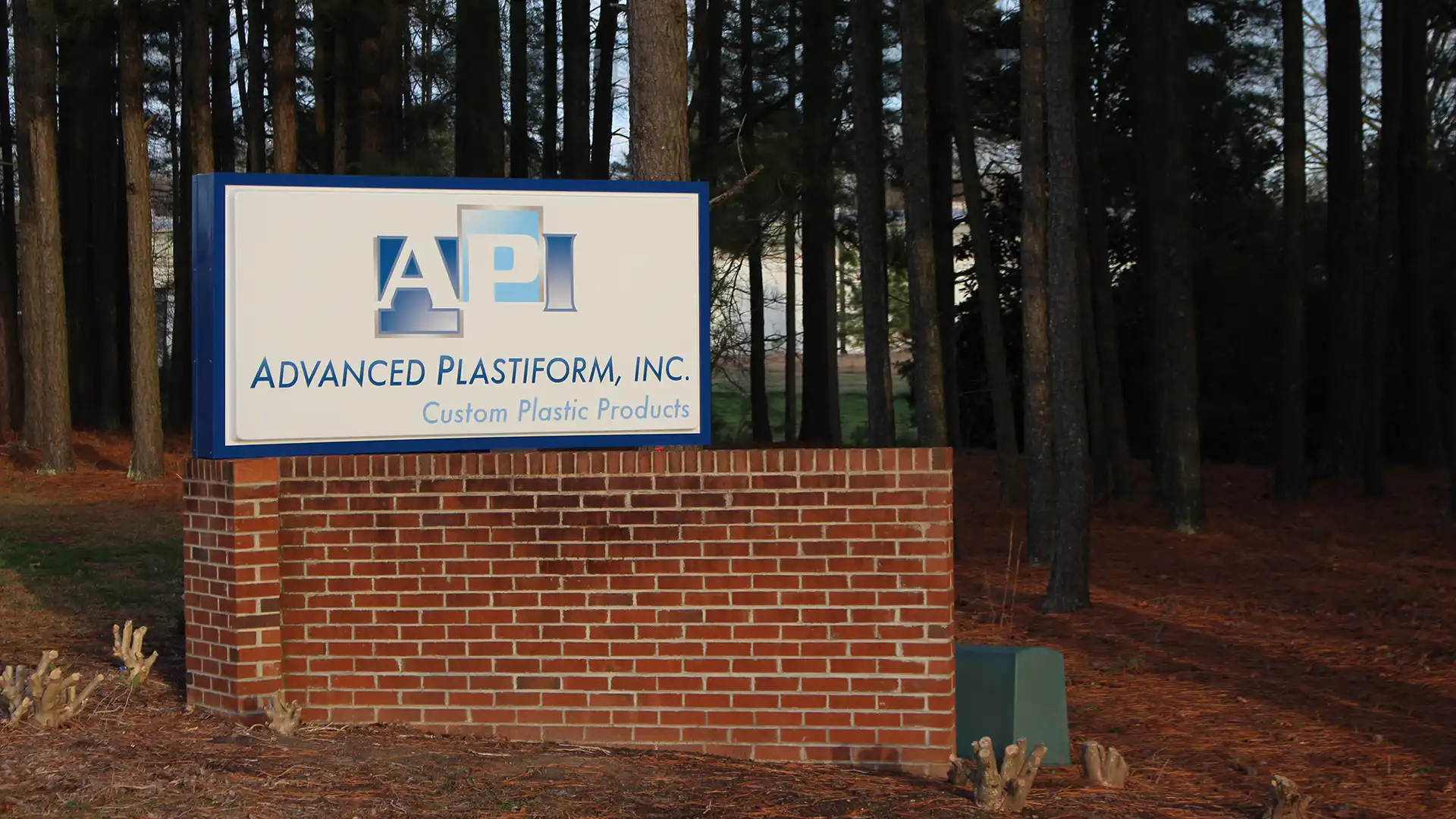Helping You Determine What is Best for Your Custom Plastic Component Thermoforming and injection molding…
When you need plastic components, packaging, or products, thermoforming is one of the more common methods of manufacturing. The two main types are light-gauge and heavy-gauge thermoforming, but how do these methods differ and when should light or heavy gauge be used? Our thermoforming company in North Carolina is providing a closer look at both to help you determine the right option for your next project.
Understanding Thermoforming
Whether we're talking light or heavy-gauge thermoforming, both of them are completed in a similar manner. A sheet of thermoplastic is heated until it is pliable and soft, then it is clamped down over a custom-made, single-sided mold. The air between the plastic and the mold is vacuumed out, pulling the plastic more tightly against the mold to get a clean, accurate result.
Light Gauge Thermoforming
The type of gauge refers to the thickness of the plastic being used. Light gauge is any type of thermoforming in which the plastic is less than 0.06 inches or 1.5 millimeters thick. Often, the plastic is kept on a roll and the plastic is pulled out, fitted, formed, then trimmed in rapid succession. Because the plastic is so thin, incredibly detailed logos and textures are pressed easily and are highly visible on the finished result.
Plastics used in light-gauge thermoforming include:
- Polyethylene terephthalate (PET)
- High impact polystyrene (HIPS)
- Polypropylene
- Polyvinyl chloride (PVC)
- Acrylic
- High density polyethylene (HDPE)
Products Made from Light Gauge Thermoforming
Light-gauge thermoforming is often used for product packagings, such as the blister pack that's adhered to cardboard backing, clamshell packages such as those that hold to-go salads, and disposable or single-use plastics.
Heavy Gauge Thermoforming
Heavy-gauge thermoforming, which is what we primarily do here at Advanced Plastiform, Inc., relies on thicker plastic sheeting up to 0.45 inches or 11 millimeters thick. Instead of a roll, the plastic comes in individual sheets, as large as eight feet long and nine feet wide. The plastic is heated, laid over the mold and clamped in place, then the vacuum pulls it against the mold. In order to get sharper details and corners, we may use pressure forming, in which pressurized air presses down onto the plastic, forming it more tightly to the mold.
Heavy-gauge thermoforming requires a heavier plastic, and we often use the following polymers:
- Acrylonitrile Butadiene Styrene (ABS)
- High-impact polystyrene (HIPS)
- Polycarbonate
- High-density polyethylene (HDPE)
- PVC
- Thermoplastic olefin
Products Made from Heavy Gauge Thermoforming
Because the plastic used is heavier and more durable, heavy-gauge thermoforming is used to make long-lasting components. We use it for the following products:
- Refrigerator and freezer casing
- Bathtubs and shower trays
- Car trunk tubs, dashboards, and car door panels
- Trays, chutes, and conveyors used in material handling
- Equipment and electronics casings
Call Us for a Free Quote for Thermoforming Custom Plastics
When you need a thermoforming company to produce high-quality, durable plastics with a fast turnaround time and a low per-unit price, reach out to Advanced Plastiform, Inc. We work with a wide variety of industries across the Mid-Atlantic and Southeast, including North Carolina, South Carolina, Pennsylvania, Maryland, Tennessee, Georgia, and Virginia.

